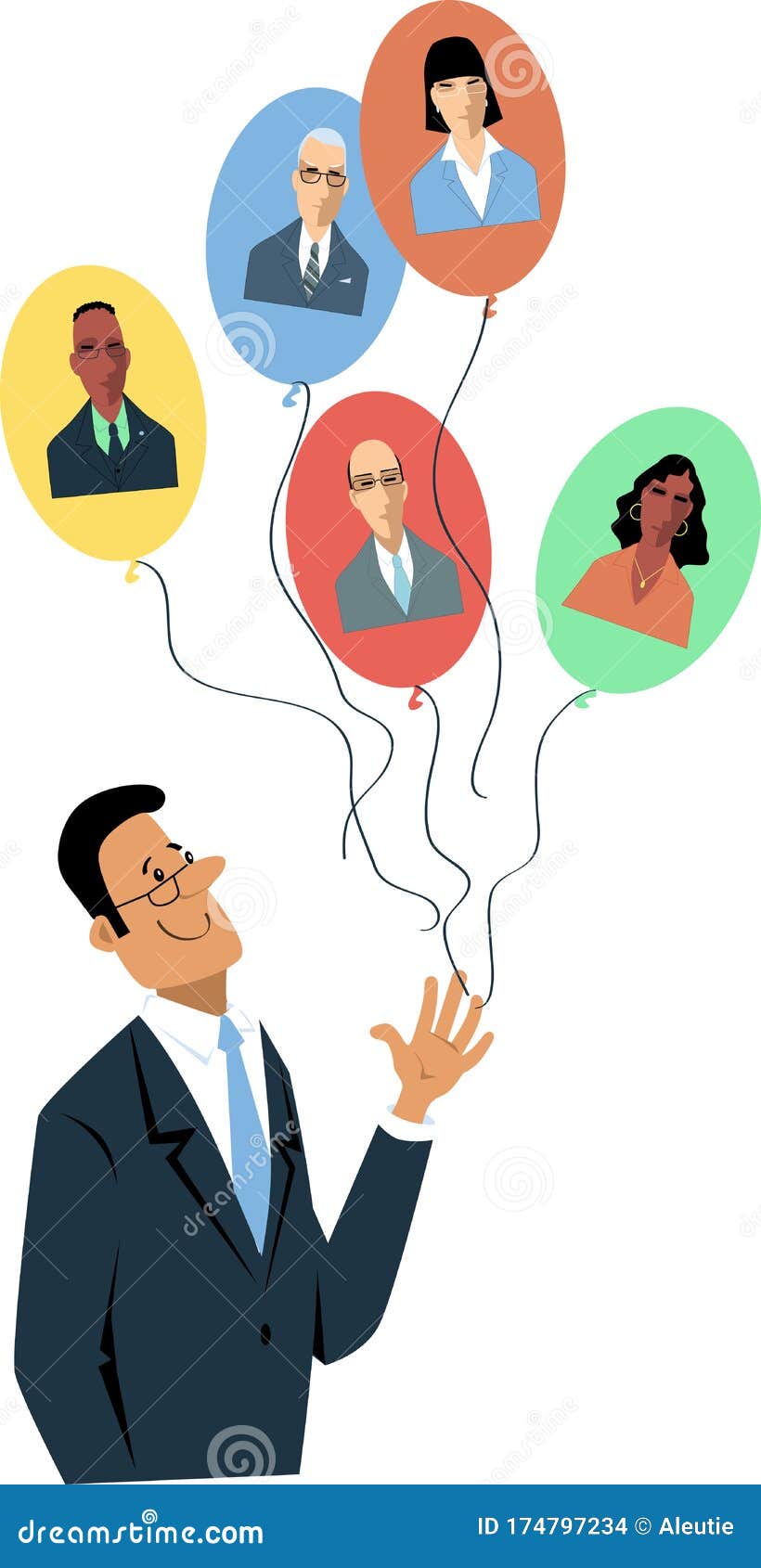

However, according to Daft (2000), organizational performance is the organization’s ability to attain its goals by using resources in an efficient and effective manner. Javier (2002) has asserted that performance is equivalent to the famous 3Es (economy, efficiency, and effectiveness) of a certain program or activity. Performance continues to be a key issue among organizational researchers and employees are bound to perform well where they are treated well (Haque, Faizan, & Cockrill, 2017 Barney, 1997). Leadership style in an organization is one of the factors that play significant role in enhancing or retarding the interest and commitment of the individuals in the organization (Bhargavi & Yaseen, 2016 Obiwuru et al., 2011). Leadership style practiced by an organization has an impact on the success or otherwise of its operations. It has been argued by some researchers that the most common problems affecting organizational performance in business and other institutions are poor attitude to work among workforce, inefficiency as well as ineffectiveness of leaders in most places, though others share a contrary view (Haque, Faizan, & Cockrill, 2017). Planning and organization of work is also very crucial.

Adequate motivation, suitable work environment, compensation, efficient communication between managers and subordinates play an important role in promoting this goal. The role of leaders in ensuring excellent organizational performance cannot be over emphasized. One key factor that also has the potential to largely affect an organization’s performance is its leadership (Ng’ethe et al., 2012 Jeremy et al., 2012). All these tend to affect the performance of these organizations. Examples are employee motivation, innovation, organizational culture and human resource strength (Haque et al., 2015 Igbaekemen & Odivwri, 2015 Bass & Riggio, 2006). Some of the changes over time also occur within the organizations themselves. Some of these factors are external such as competition, global market trends and technological changes. Organizations undergo rapid changes daily as a result of diverse factors. The style of leadership adopted is considered by some researchers to be particularly important in achieving organizational goals, and in evoking performance among subordinates (Sadia & Aman, 2018 Klein et al., 2013 Berson et al., 2001 Zacharatos et al., 2000 Barling et al., 1996). This is premised on the notion that a style of leadership of an organization has a correlation with organizational performance (Rowe et al., 2005). For some decades now, how leadership impacts on organizational performance has gained prominence among academics and practitioners working in the area of leadership (Al Khajeh, 2018 Bhargavi & Yaseen, 2016 Igbaekemen & Odivwri, 2015 Giambatista, 2004 Rowe et al., 2005). There has been significant theoretical and empirical work carried out on organizational performance across the globe. Styles where necessary for the organization to wax stronger within its industry. Of the organization applies more of that and mix it with other leadership Much on democratic style of leadership, it is recommended that management As the strength of the organization dwells That there is strong relationship between leadership style and organizational Style being practiced has had an appreciable influence on the operationsĪnd performance of the organization.

It also discovered that the democratic leadership

The study established that TKDA majorly uses democratic To sample a total sample size of 11 respondents representing 65% of the total Qualitative case study design was employed. Northern Region of Ghana and its effect on its organizational performance. Style practiced at TumaKavi Development Association (TKDA) in Has an impact on its overall performance. It is assumed that the kind of leadership style employed in an organization Leadership is one of the key driving forces for improving a firm’s performance.


 0 kommentar(er)
0 kommentar(er)
